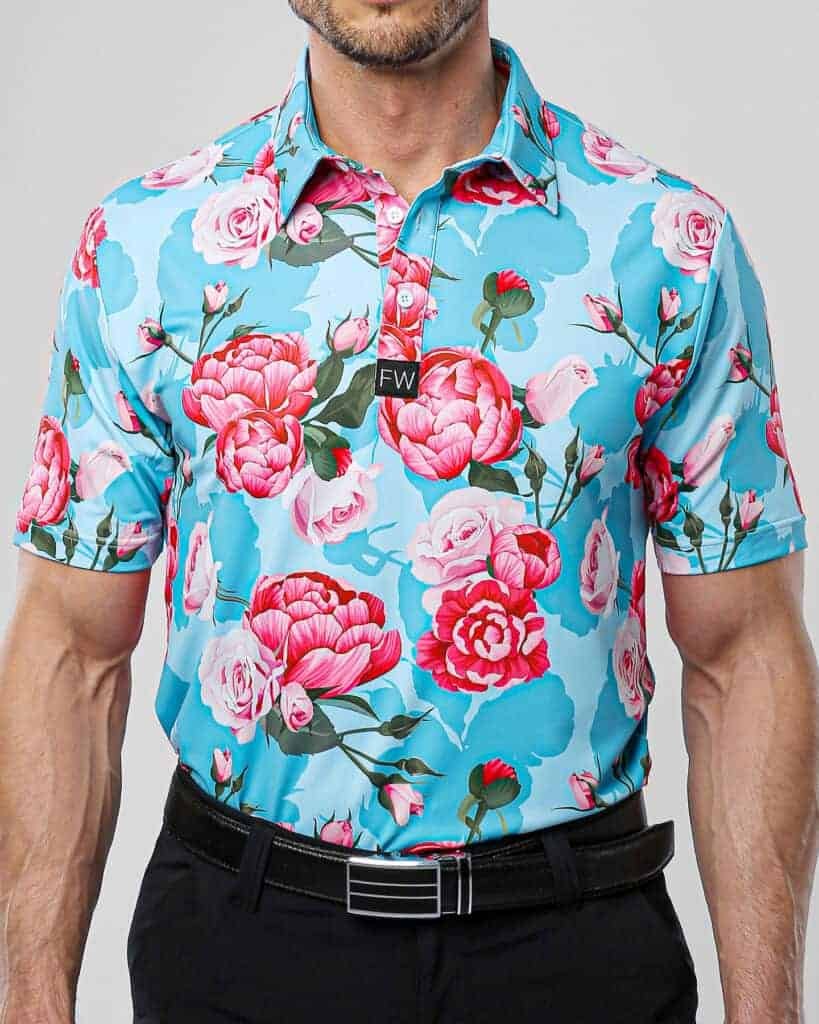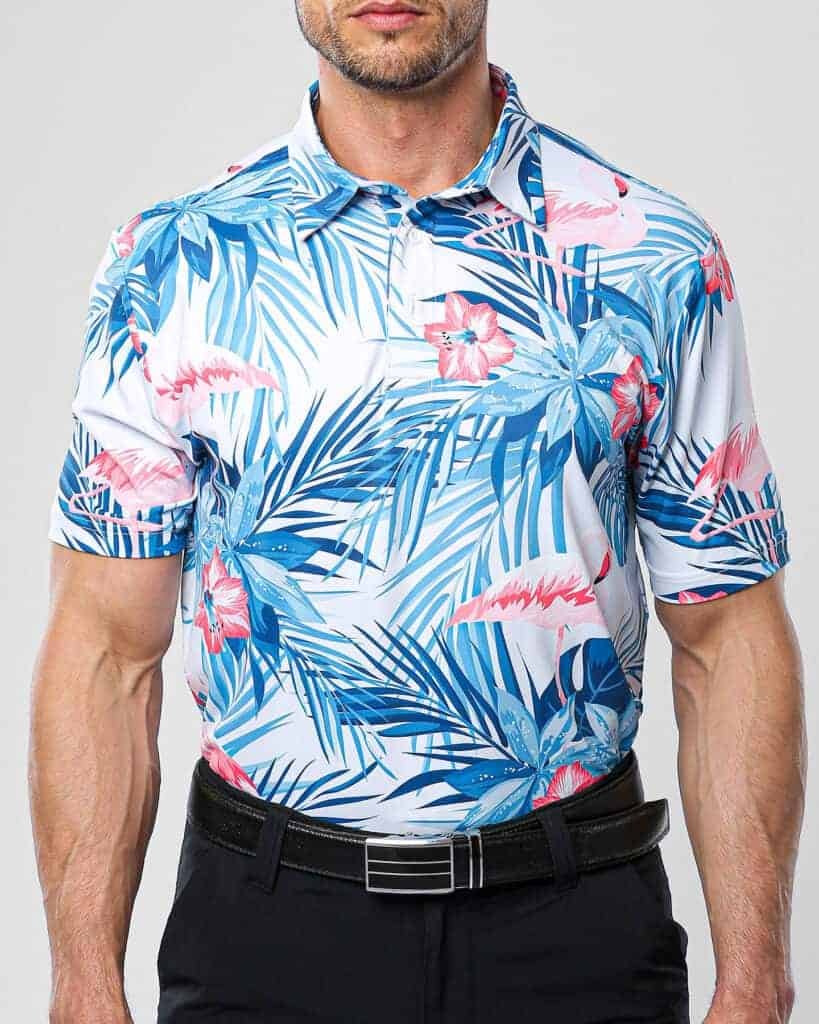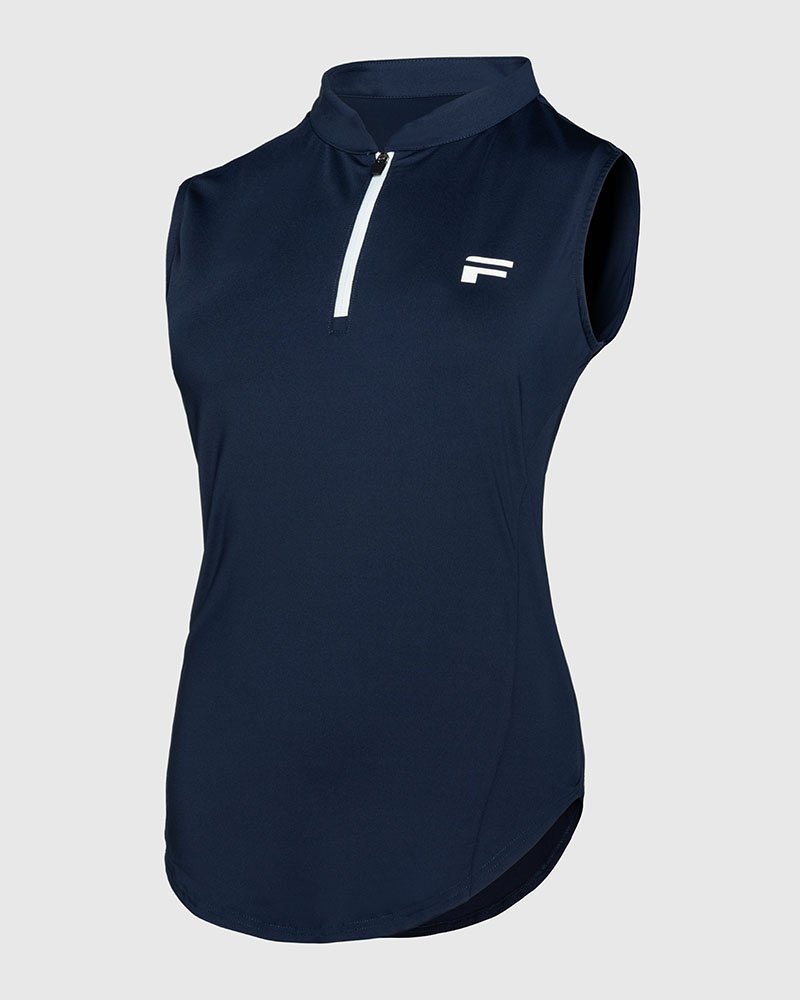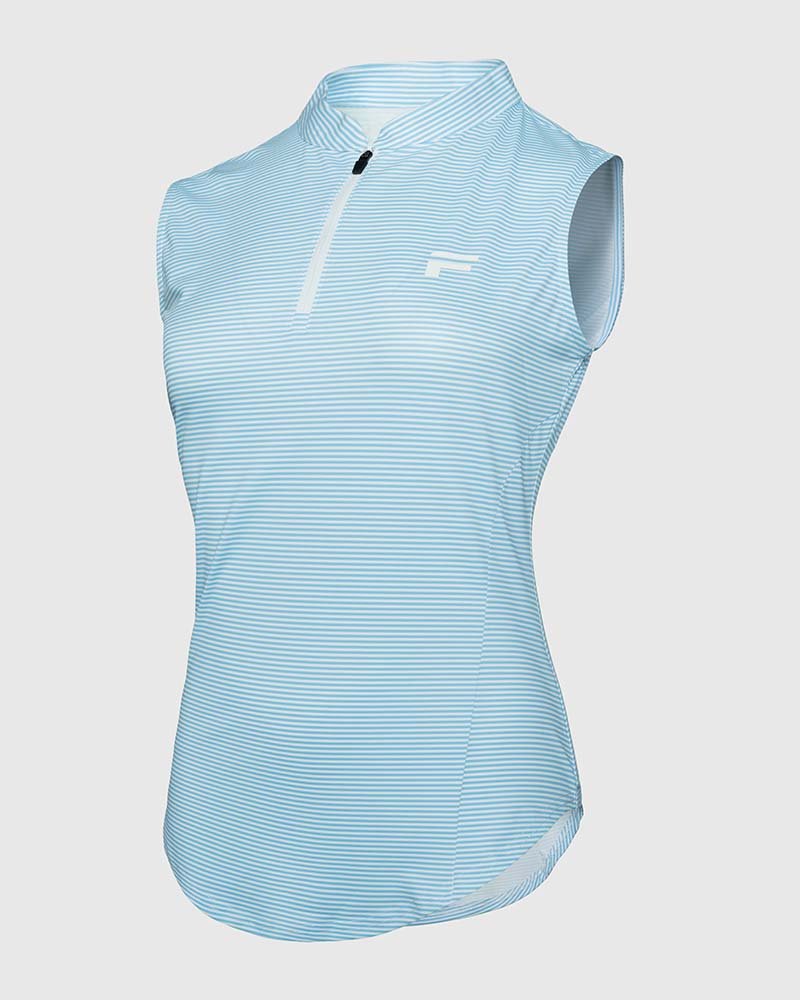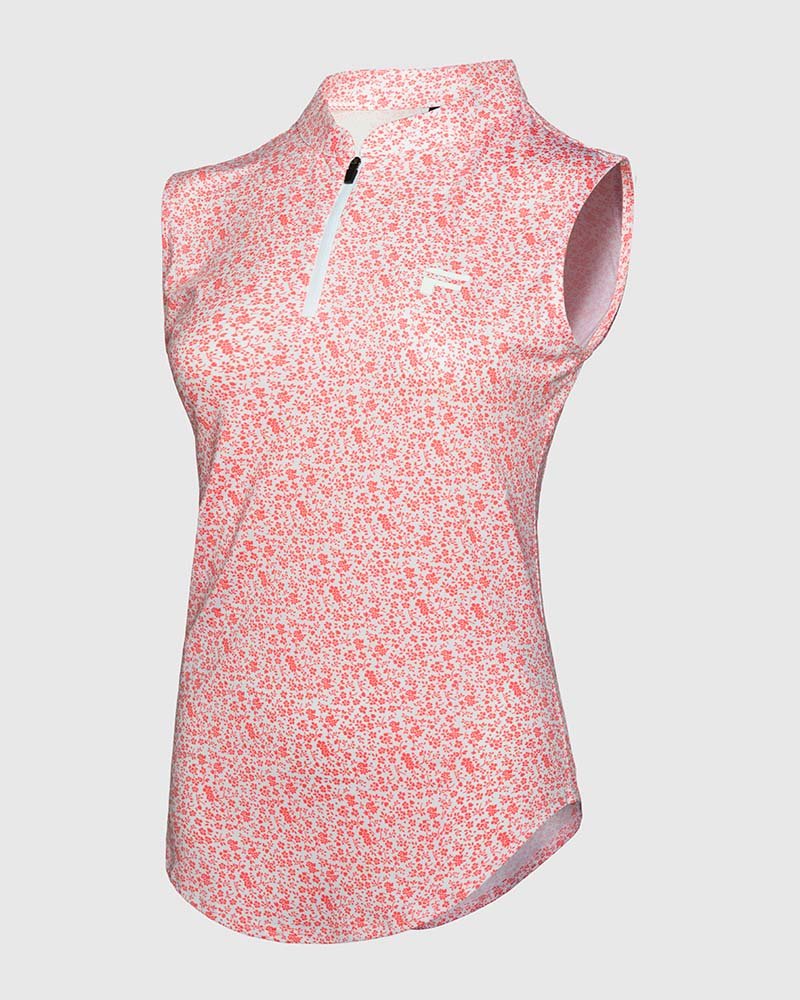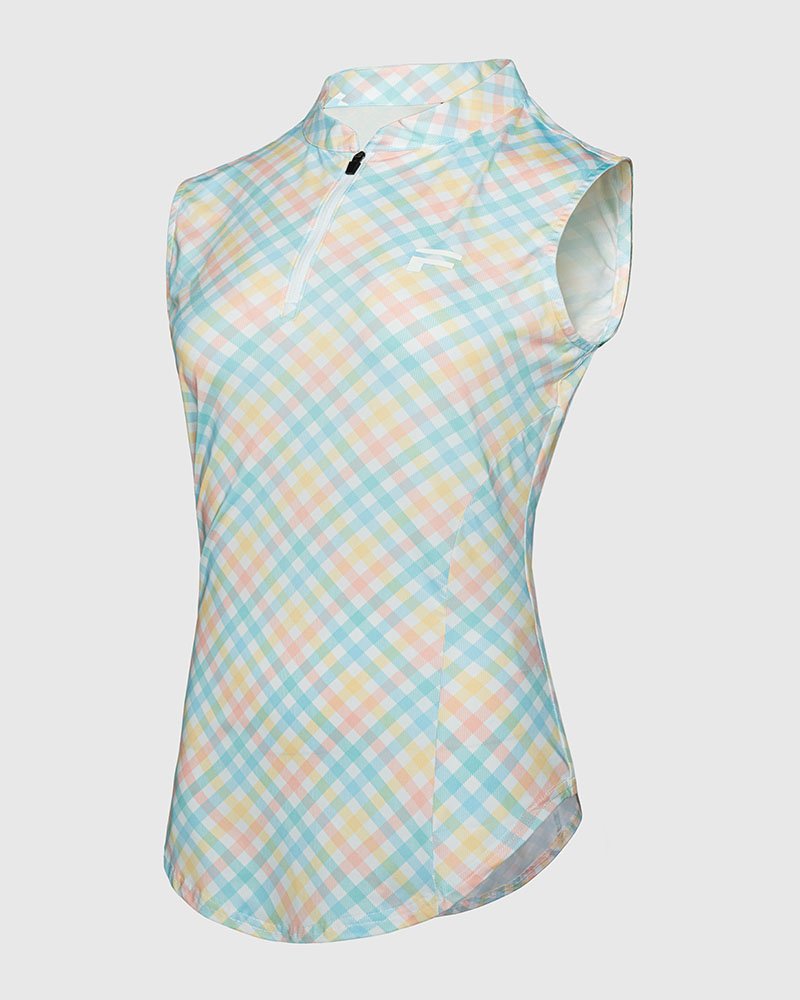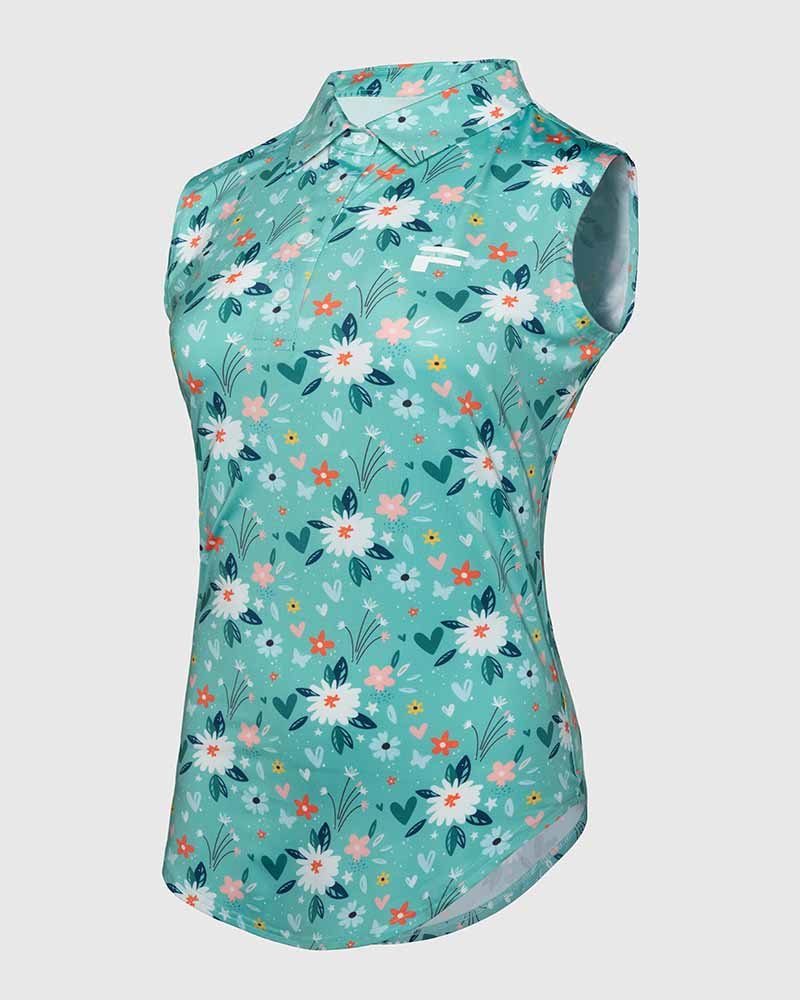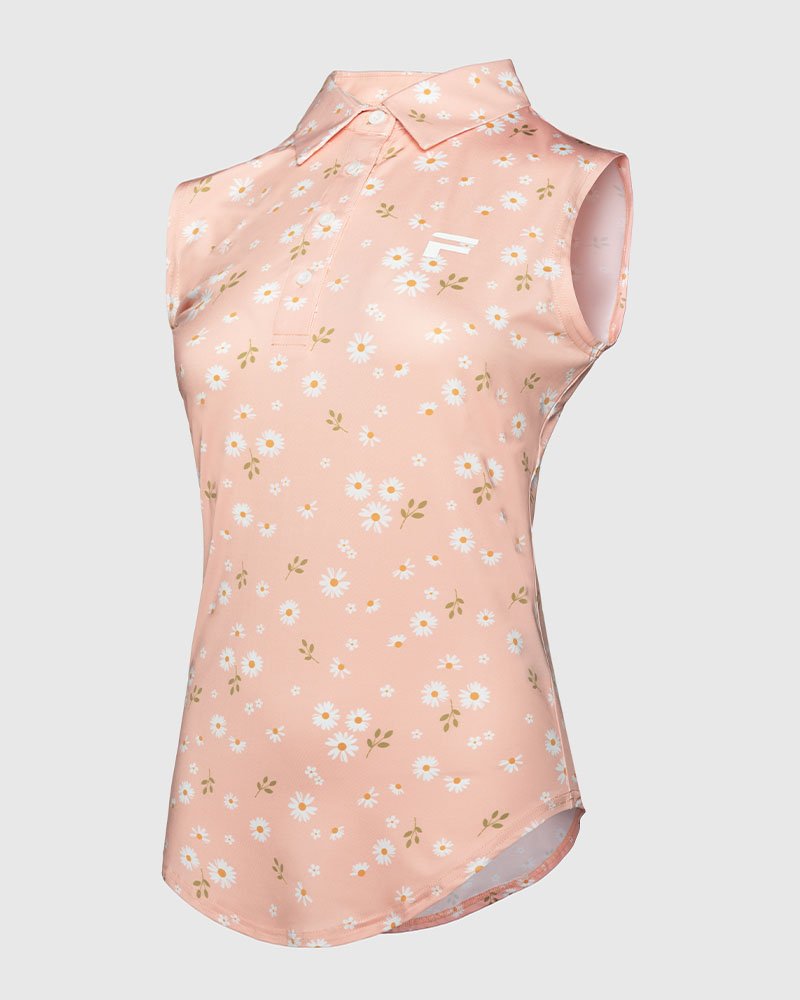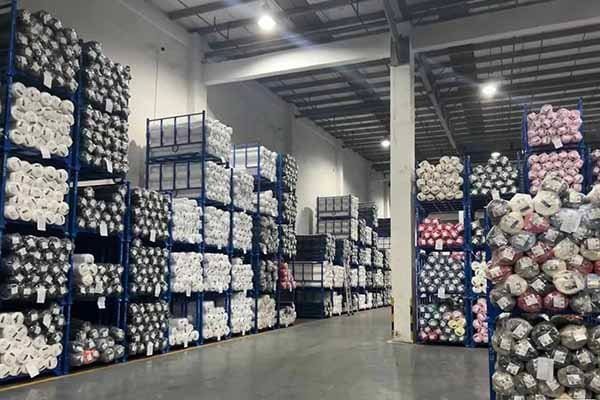
Golf apparel has advanced with cutting-edge technologies, and 3D stereoscopic cutting is revolutionizing fit, comfort, and performance. By using digital modeling and precision cutting, this method enhances mobility, reduces fabric waste, and provides a tailored fit that adapts to a golfer’s movements, improving overall game experience.
3D stereoscopic cutting in golf apparel utilizes 3D body scanning, digital pattern making, and automated laser cutting to create a precise, ergonomic fit. This advanced technique enhances mobility, comfort, and breathability, reducing excess fabric and improving swing efficiency. By minimizing waste and integrating high-performance fabrics, it sets new standards in golf wear innovation and sustainability.
What is 3D Stereoscopic Cutting?
3D stereoscopic cutting refers to a precision tailoring method that takes into account the human body's natural curves and movement dynamics. Unlike traditional 2D pattern cutting, this technique employs computer-aided design (CAD) and 3D scanning to generate a more ergonomic fit. The process involves:
- 3D Body Scanning: Capturing body dimensions with high accuracy.
- Digital Pattern Making: Designing patterns that adapt to the body's shape.
- Automated Laser Cutting: Enhancing precision while minimizing fabric waste.
- Seamless Integration: Reducing excess stitching and improving flexibility.
Benefits in Golf Apparel
- Enhanced Fit & Comfort
- Traditional golf apparel often struggles with standard sizing, leading to inconsistencies in fit. 3D stereoscopic cutting allows for customized shaping that adapts to different body types, offering a snug but non-restrictive fit.
- Optimized Mobility
- Golfers require full range of motion, especially in the shoulders, arms, and torso. This technology strategically places fabric panels to reduce tension points, ensuring maximum swing efficiency.
- Aerodynamic Performance
- Excess fabric and poor fitting can cause drag and discomfort. With 3D precision cutting, streamlined designs reduce unnecessary bulk, enhancing the garment’s aerodynamics and breathability.
- Advanced Fabric Utilization
- The digital cutting process minimizes material waste, leading to a more sustainable production method. Additionally, designers can integrate high-performance textiles, such as moisture-wicking and UV-protective fabrics, more efficiently.
- Aesthetic & Modern Appeal
- A well-fitted golf outfit not only improves performance but also boosts confidence on the course. 3D cutting provides a sleek, tailored look that aligns with contemporary sportswear trends.
Industry Impact & Future Trends
- Customization & Personalization: Brands are moving towards on-demand, custom-fit golf apparel using 3D cutting.
- Smart Integration: Future designs may incorporate wearable technology sensors seamlessly into fabric panels.
- Sustainability & Waste Reduction: By maximizing fabric efficiency, manufacturers can reduce waste and environmental impact.
Conclusion
The integration of 3D stereoscopic cutting technology in golf apparel represents a significant advancement in fit, performance, and sustainability. As brands continue to refine this approach, golfers can expect apparel that not only enhances comfort and mobility but also supports their overall game. This technology is setting new industry standards, revolutionizing how golf apparel is designed and manufactured.



